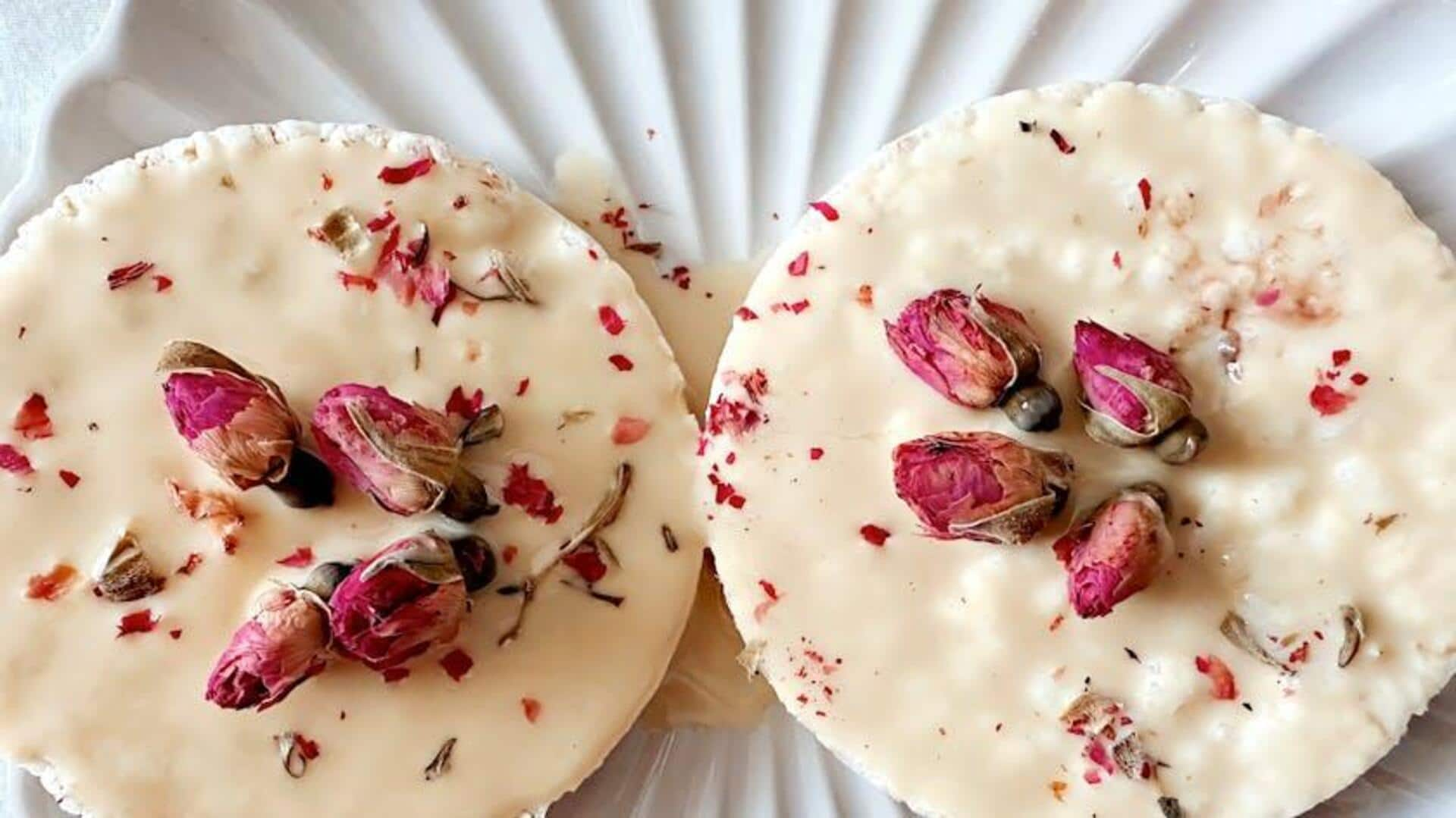
These edible flowers can elevate your vegan meals
What's the story
North African cuisine is a vibrant tapestry of flavors, woven with a medley of ingredients that tantalize the taste buds and delight the eyes. Among these culinary threads, edible flowers hold a special place, imparting bursts of color and unexpected tastes to vegan creations. This article uncovers the essential edible flowers in North African vegan cooking, revealing their uses and benefits.
Rose
The charm of rose petals
Rose petals are commonly used in North African desserts and teas. They add a delicate floral flavor that complements sweet dishes without overwhelming them. In addition to their taste, roses are also beneficial for health. They help improve digestion and reduce stress. Whether used fresh or dried, roses offer versatility in the kitchen.
Nasturtium
The zesty touch of nasturtiums
Nasturtiums offer a peppery kick akin to arugula or watercress, adding a layer of complexity to salads, soups, and garnishes in vegan cuisine. Their brilliant orange, yellow, and red blooms infuse dishes with a burst of color, transforming meals into edible art. Packed with vitamin C and antioxidants, nasturtiums don't just raise the flavor game but also amp up the nutritional factor.
Lavender
Lavender's aromatic influence
Lavender isn't just for aromatherapy! This fragrant flower is a secret weapon in North African vegan cuisine, adding a unique floral note with hints of mint and rosemary. This edible blossom is versatile - think lavender-infused baked goods, jams, or even a savory seasoning in stews. And don't forget about tea time! Lavender's calming properties make it the perfect addition to your favorite brew.
Hibiscus
Hibiscus: A tart delight
Hibiscus flowers boast a tangy cranberry-esque flavor that's ideal for teas, sauces, or dressings in vegan cooking. In North Africa, dried hibiscus is a staple for crafting Karkadeh - a revitalizing tea that can be enjoyed hot or cold. This vibrant flower is not only a flavor powerhouse but also brims with beneficial antioxidants, which may help reduce blood pressure.
Saffron
Saffron's luxurious flavor
While technically not considered an edible flower due to its exorbitant price, saffron—the stigma from Crocus sativus—is a culinary gem. It imparts a rich, luxurious flavor and distinctive golden color to dishes like couscous or tagines. This "red gold" is highly sought after not just for its taste but also for its health benefits, such as mood enhancement.